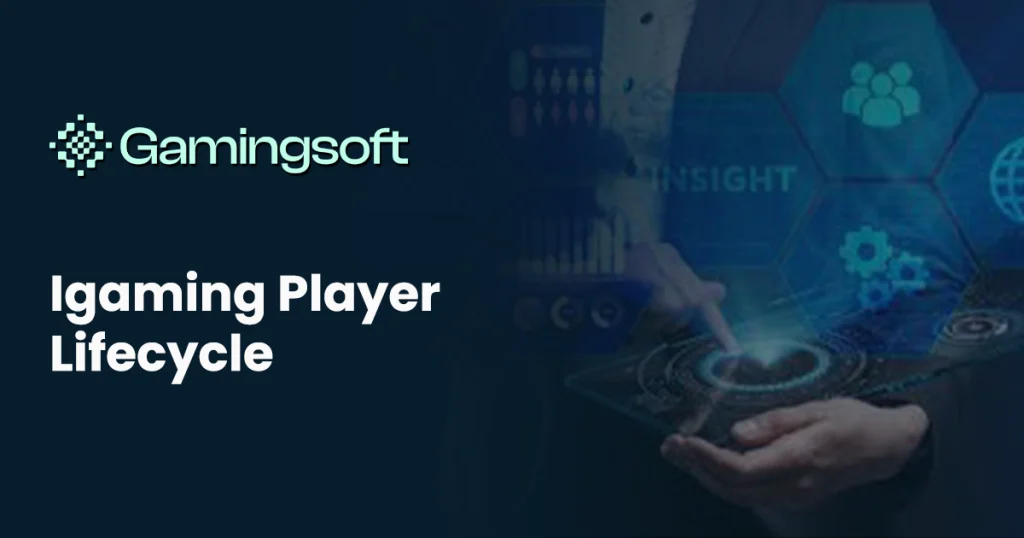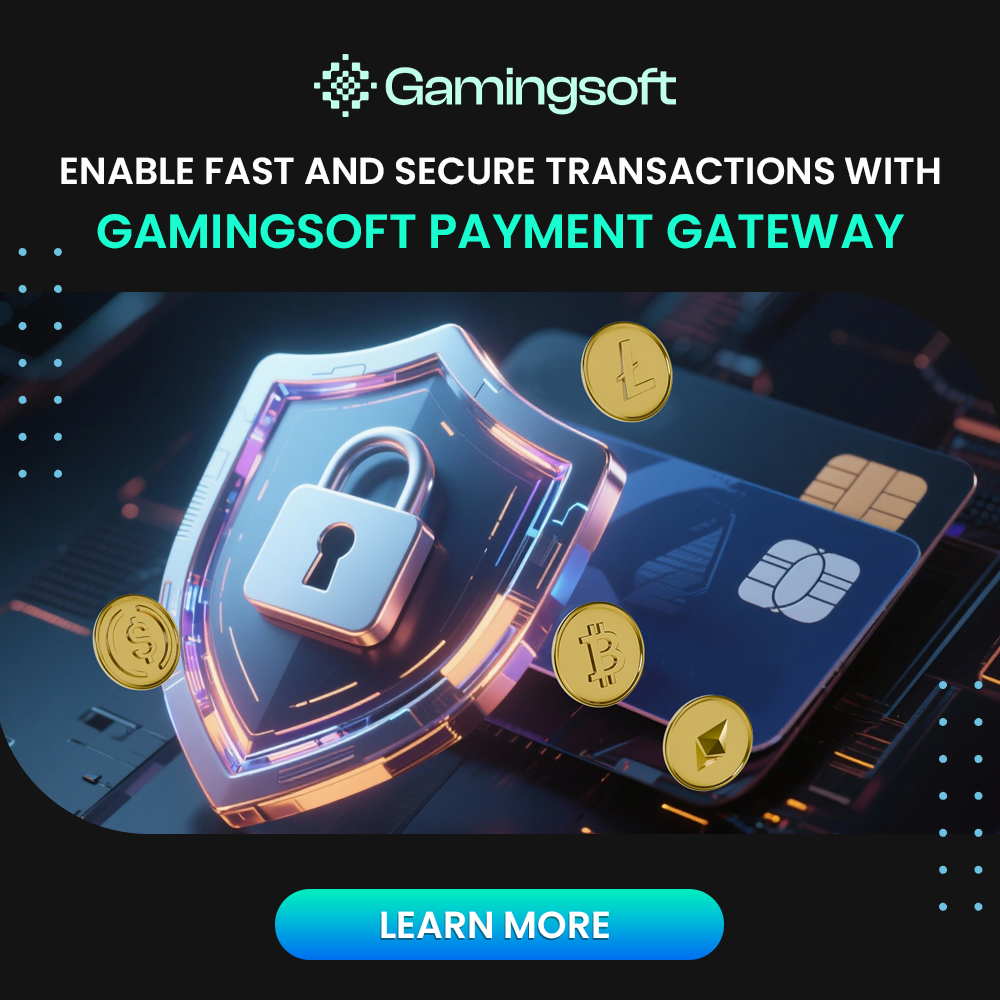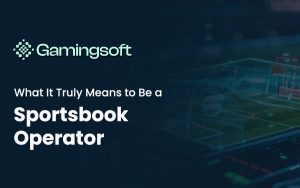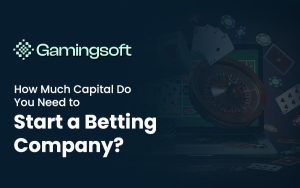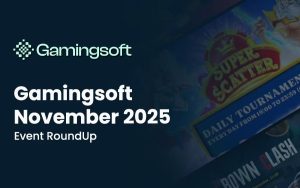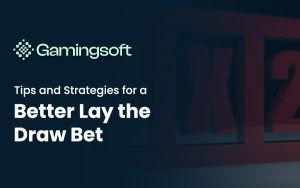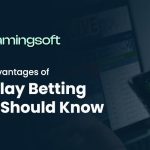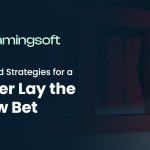In iGaming, success isn’t just about acquiring players — it’s about understanding how they behave, evolve, and engage with your platform over time. This continuous process, known as the iGaming player lifecycle, is the backbone of effective marketing and long-term retention.
By mapping each phase of the player journey, operators can design campaigns that attract high-value users, increase loyalty, and reduce churn. The goal isn’t just to get players to deposit once, but to turn them into repeat customers who see your brand as their go-to entertainment hub.
What Is the iGaming Player Lifecycle?
The player lifecycle represents the journey every user takes from discovery to loyalty. It’s a dynamic framework that helps operators understand the motivations, habits, and emotional triggers that influence player behavior.
While each platform is different, the lifecycle typically follows these five key stages:
- Acquisition – The moment players discover and register on your platform.
- Activation – When they make their first deposit or place their first bet.
- Engagement – When they start playing regularly, interacting with games, and exploring promotions.
- Retention – When they establish trust and form habits around your brand.
- Reactivation or Churn – When activity drops and you attempt to re-engage them (or lose them permanently).
Recognizing these stages allows marketers to craft personalized strategies — knowing when to educate, when to promote, and when to re-engage.
For more insights on converting engagement into loyalty, check out our article on “What Makes Players Stay: 5 Retention Hacks That Actually Work“.
Step 1: Acquire Smarter, Not Harder

Player acquisition remains the most expensive stage of the lifecycle. Instead of casting a wide net, focus on quality over quantity — attracting players who are more likely to stay active.
Practical Strategies:
- Leverage intent-based marketing: Use data to identify players genuinely interested in iGaming categories (slots, sports, live casino).
- Localize campaigns: Adjust language, bonuses, and payment options to match specific markets.
- Track acquisition sources: Analyze which traffic channels (affiliate, SEO, paid ads) deliver the highest LTV (lifetime value).
Smart acquisition starts with clear audience segmentation and data-driven targeting. Bringing in the right players sets the foundation for all future retention efforts.
Step 2: Activate with a Memorable First Experience
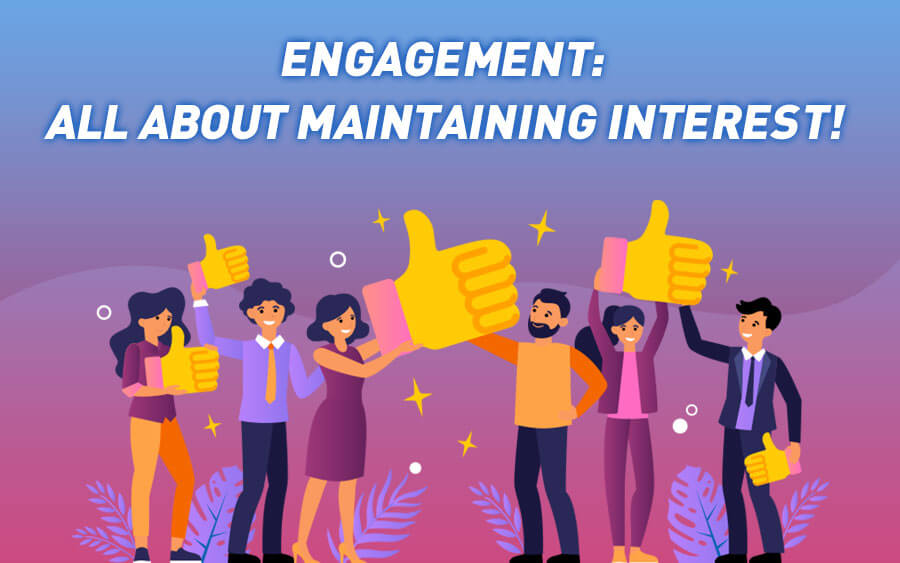
The activation phase determines whether new players become long-term customers or churn after their first visit. This is where user experience and onboarding play a crucial role.
Make the first impression count by:
- Simplifying registration: Remove unnecessary steps in the signup process.
- Offering meaningful bonuses: Use welcome offers that encourage gameplay, not just one-time signups.
- Personalizing the dashboard: Show relevant game recommendations immediately after account creation.
A frictionless onboarding process builds trust and encourages early engagement. Once players make their first deposit, follow up with a personalized message or bonus to reinforce the value of staying active.
Step 3: Build Engagement Through Personalization
Engagement is the stage where your marketing strategy meets your product experience. The longer a player stays engaged, the higher their lifetime value.
In 2025, personalization is no longer optional. Operators who tailor experiences see significantly higher retention rates. Use behavioral data to customize:
- Game suggestions: Based on previous plays and preferred categories.
- Bonus triggers: Timed promotions for returning players or milestone rewards.
- Email campaigns: Content that reflects each user’s journey and interests.
AI-driven tools are changing the game here. By analyzing thousands of interactions, AI can predict what content or rewards will resonate most with each segment.
You can learn more about this transformation in our article on “How AI is Reshaping the iGaming Industry“.
Step 4: Retain Players with Predictive Insights
Retention isn’t about luck — it’s about data. With predictive analytics, operators can identify players at risk of churning and intervene proactively.
Example retention triggers:
- Players who haven’t logged in for seven days.
- Reduced deposit frequency or gameplay duration.
- Decline in response to promotions.
Once detected, these players can be targeted with personalized reactivation campaigns — from free spins to cashback offers. Automated systems powered by AI can even adjust incentives dynamically based on user behavior.
For proven retention frameworks, refer to our guide on “Enhancing Online Casino Retention Strategies“.
Step 5: Reactivate or Recycle Dormant Players
Even the most loyal users can lose interest over time. The reactivation stage focuses on bringing them back — ideally before they switch to competitors.
Best practices:
- Behavioral retargeting: Use personalized ads or push notifications with time-limited offers.
- Win-back emails: Send tailored “we miss you” messages with relevant bonuses.
- Survey campaigns: Ask inactive players why they left — the insights can inform future improvements.
Reactivation campaigns work best when they’re personal, time-sensitive, and based on genuine player behavior data.
Master the Player Lifecycle with GamingSoft GS1
Understanding player behavior is only valuable if you can act on it. GamingSoft GS1 empowers operators with AI-driven analytics that track every stage of the iGaming player lifecycle — from acquisition to reactivation.
With GS1, you can:
- Analyze real-time engagement and churn risk.
- Personalize offers with precision.
- Forecast LTV and campaign ROI.
The result? Smarter decisions, stronger retention, and sustainable growth.
Connect Data and Growth with GamingSoft Connect
Data silos are the enemy of effective lifecycle marketing. GamingSoft Connect bridges all your iGaming data sources — from CRM to game providers — into a single, unified API.
This integration allows seamless management of player profiles, instant bonus delivery, and synchronized reporting across products. For operators, it means less manual work and more actionable insights.
Together, GS1 and GamingSoft Connect form the backbone of a connected, intelligent iGaming ecosystem.
The Future of iGaming Player Lifecycle Management
The evolution of lifecycle marketing is clear: from reactive campaigns to predictive, data-driven ecosystems. AI, automation, and behavioral analytics now allow operators to anticipate player needs before they arise.
Future-ready operators will focus on:
- Personalized retention journeys driven by AI.
- Unified data systems that connect marketing, payments, and gameplay.
- Ethical engagement — using data responsibly while promoting responsible gaming.
In this environment, understanding the iGaming player lifecycle isn’t just a marketing advantage — it’s the foundation of brand longevity.
Final Thoughts
Every successful iGaming brand shares one common strength: deep understanding of its players. From the first click to long-term loyalty, every stage of the lifecycle offers insights into what drives engagement and satisfaction.
By combining behavioral data, AI automation, and seamless integrations through tools like GS1 and GamingSoft Connect, operators can move from reactive marketing to proactive growth.
The more you understand your players’ journey, the better you can serve them — and the stronger your brand becomes in the process.
